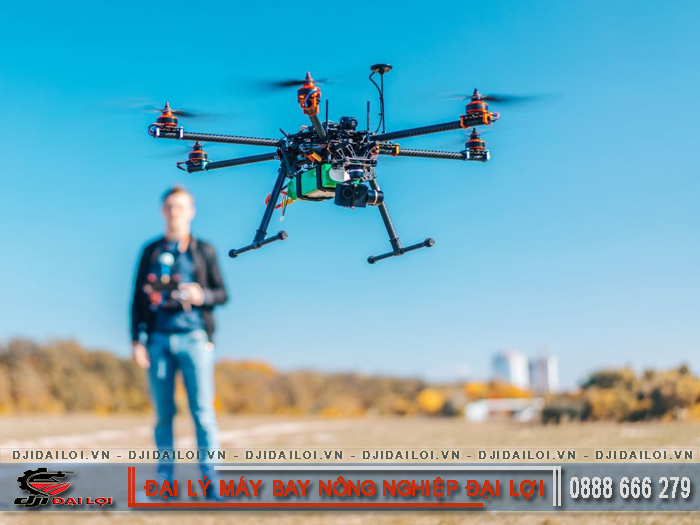
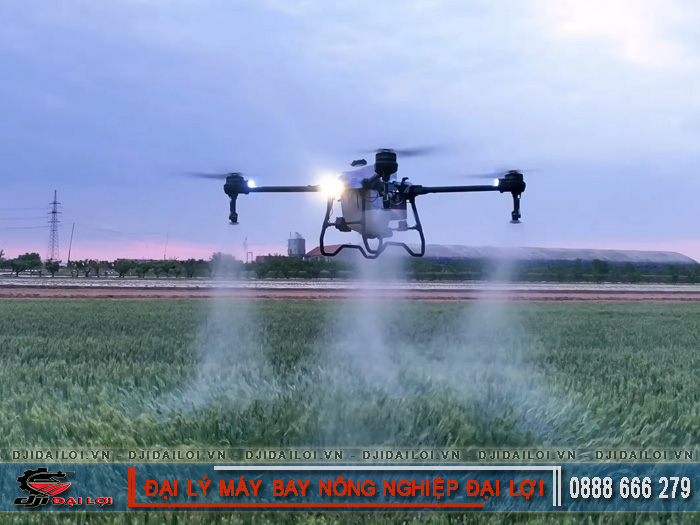
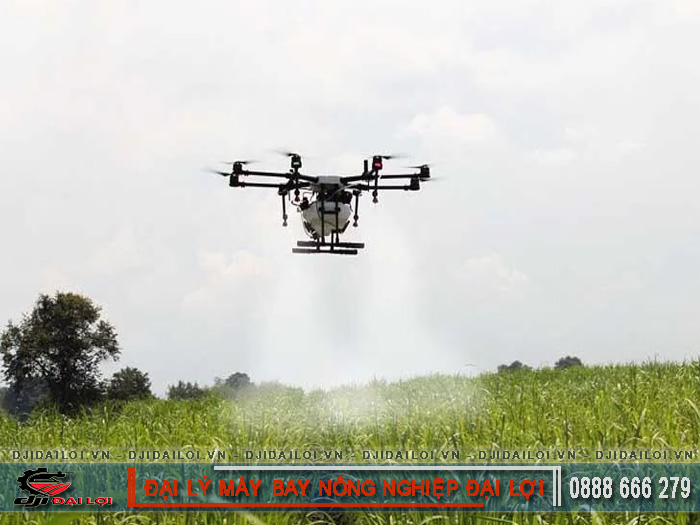
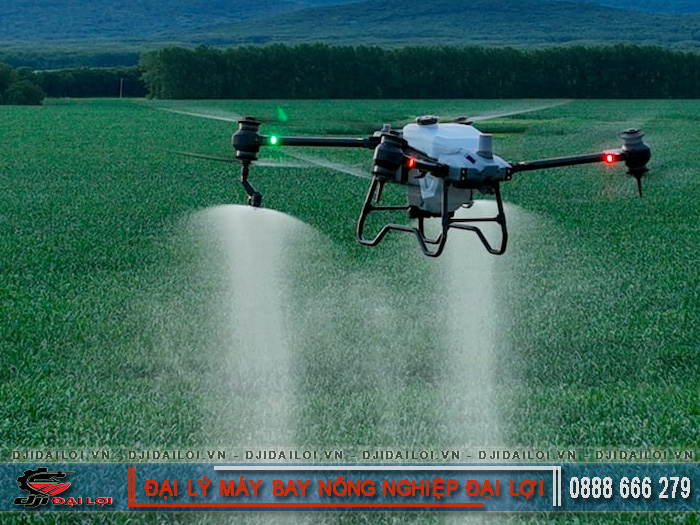
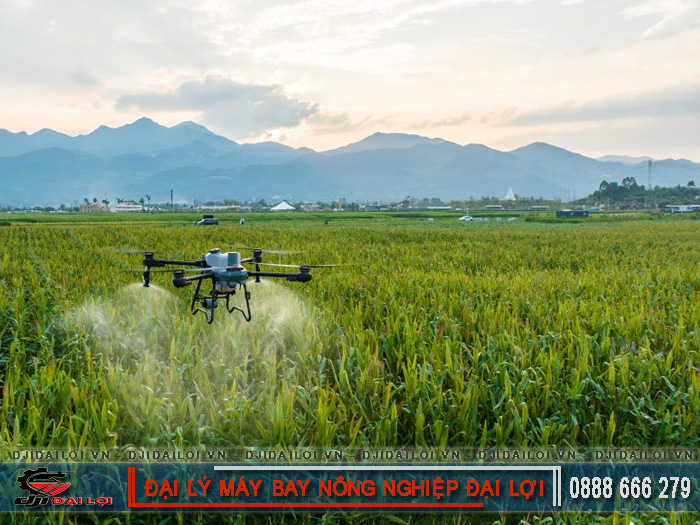
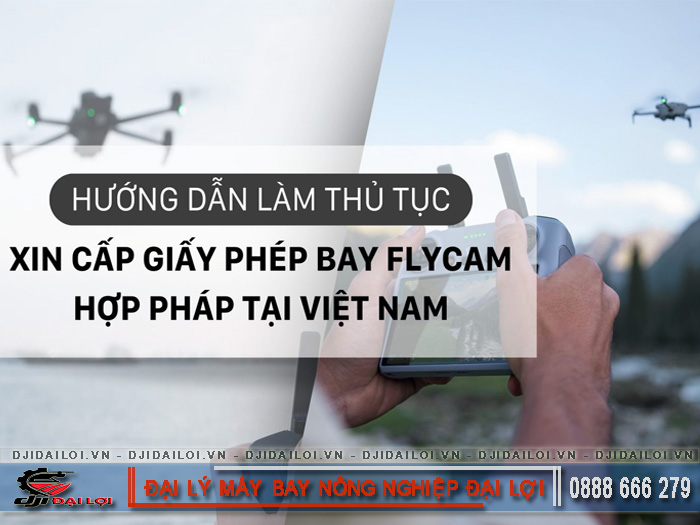
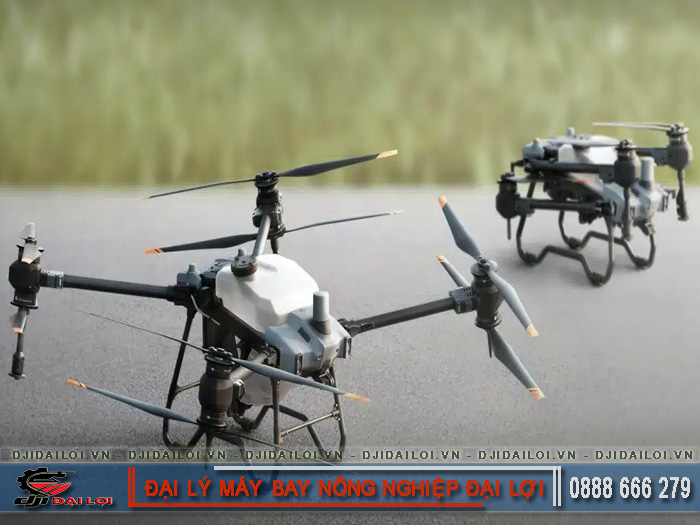
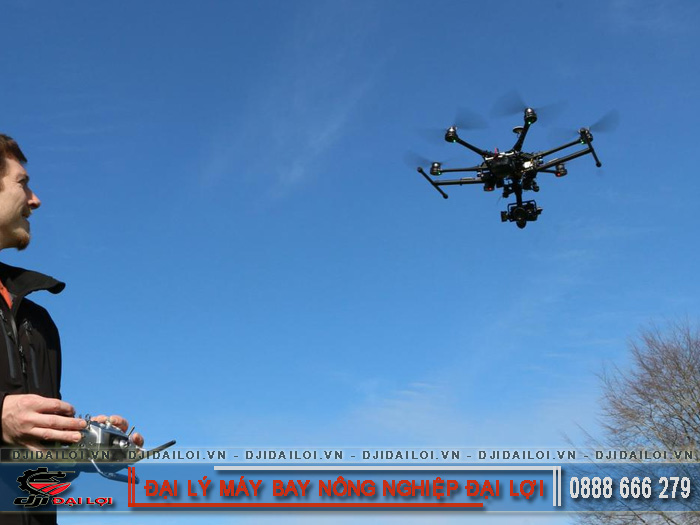
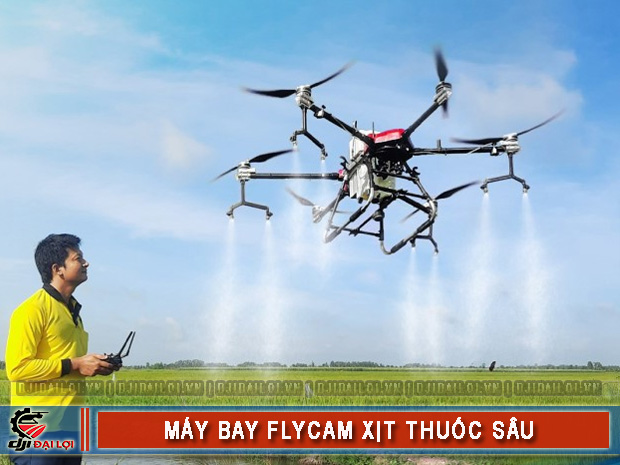
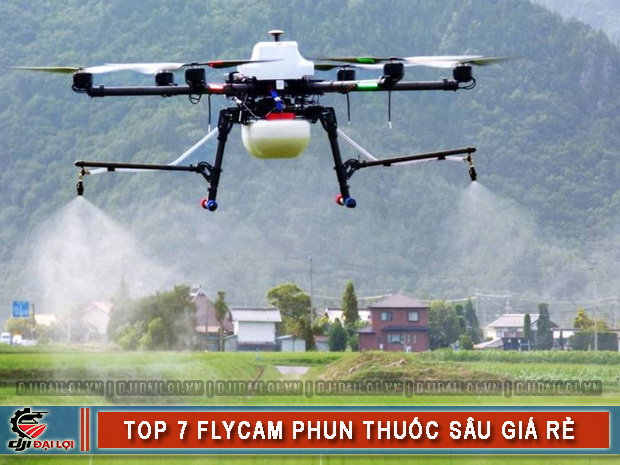
As agricultural labor costs rise and crop cycles shorten, aerial spraying technology is transforming how farmers manage pests. This article provides updated pricing for pesticide flycam sprayings, compares the features of popular models, and offers recommendations based on farming scale.
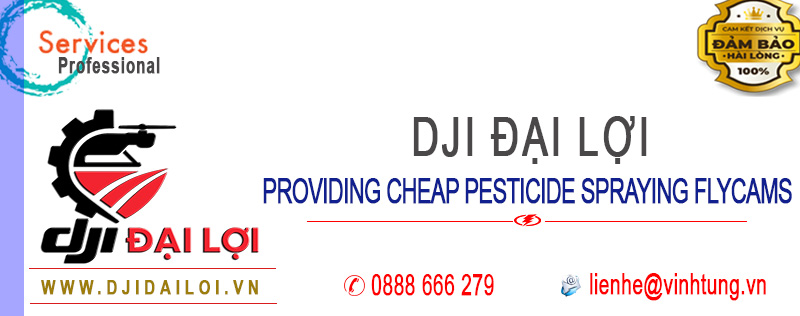
A pesticide flycam spraying (drone) is an unmanned aerial vehicle (UAV) equipped with a pump and spraying nozzles to apply crop protection products directly onto plants. These drones are controlled remotely or via GPS automation, enabling farmers to spray accurately and efficiently, especially over large or uneven terrains.
In essence, a pesticide flycam spraying is an aerial device designed for automated or remote-controlled pesticide application, improving productivity and reducing manual labor.
Real-world Applications in Modern Agriculture
Pesticide flycam sprayings are widely used in:
Thanks to their mobility and precision, agricultural drones reduce chemical waste, limit farmer exposure to hazardous substances, boost yields, and save time.
Why Invest in a Flycam spraying?
Investing in a pesticide flycam spraying is a long-term and efficient solution:
For example, a 10-hectare rice farm usually requires 5 workers to spray manually in one day. With a DJI T10, the entire field can be treated in under 2 hours.
DJI leads the market with its high-performance flycam sprayings:
These drones come with AI and multi-directional sensors to adjust spray speed and pressure for different terrains.
Besides DJI, budget-friendly Chinese drones are also imported to Vietnam:
However, these often lack radars, have poor waterproofing, limited warranties, and are best for experienced users who can perform their own maintenance.
|
Feature |
DJI T25 |
Chinese 20L Drone |
|---|---|---|
|
Tank Capacity |
20–25L |
20L |
|
Spraying Speed |
~7 ha/hour |
~4–5 ha/hour |
|
Official Warranty |
Yes (1–2 years) |
None or limited |
|
Obstacle Avoidance Radar |
Yes |
Typically none |
|
Price |
VND 130–150 million |
VND 65–85 million |
This comparison helps users understand the trade-offs between premium and budget options.
As of 2025, the official retail price for the DJI T25 in Vietnam is:
This model suits farms ranging from 5 to 15 hectares and supports automated GPS mapping.
Many seek affordable drones under VND 100 million:
Budget drones are usable for small farms and tech-savvy users, but unsuitable for large-scale or unskilled operations.
Drone costs depend on:
Additionally, prices may fluctuate due to exchange rates and tech import taxes.
Drone selection should match your farm size:
Flat rice fields are ideal for large drones with straight-line spraying. In contrast, orchards or hilly areas require:
For mixed-use farms, the DJI T25 offers a balanced solution with all key features and a reasonable price.
|
Feature |
Drone Sprayer |
Traditional Tractor Sprayer |
|---|---|---|
|
Area Coverage Speed |
5–7 ha/hour |
1–2 ha/hour |
|
Spray Accuracy |
High, consistent |
Manual, often uneven |
|
Labor Requirement |
1 operator |
3–5 workers |
|
Chemical Exposure |
Minimal |
Direct exposure |
|
Initial Investment |
Higher, but saves long term |
Lower, but high labor cost |
This side-by-side view highlights the long-term efficiency of drone solutions versus mechanical sprayers.
Each spraying session requires only one operator:
In practice, a 50-hectare rice farming cooperative using DJI T50 completed spraying in 2 days versus the usual 7–10 days with manual labor.
Thanks to high-pressure spray and ultra-fine mist:
Ensures Farmer Safety
Drones keep farmers safe from:
Using drones protects farmers' health and reduces work-related risks.
Dji Đại Lợi is an official distributor of DJI flycam sprayings in Vietnam. Our commitments:
In addition to selling equipment, Dji Đại Lợi provides:
For investments ranging from VND 100–200 million, Dji Đại Lợi offers:
With the rise of agricultural drones, Vietnamese farmers now have a smart choice to save time and labor. Dji Đại Lợi proudly delivers genuine flycam sprayings with competitive pricing and nationwide technical support.